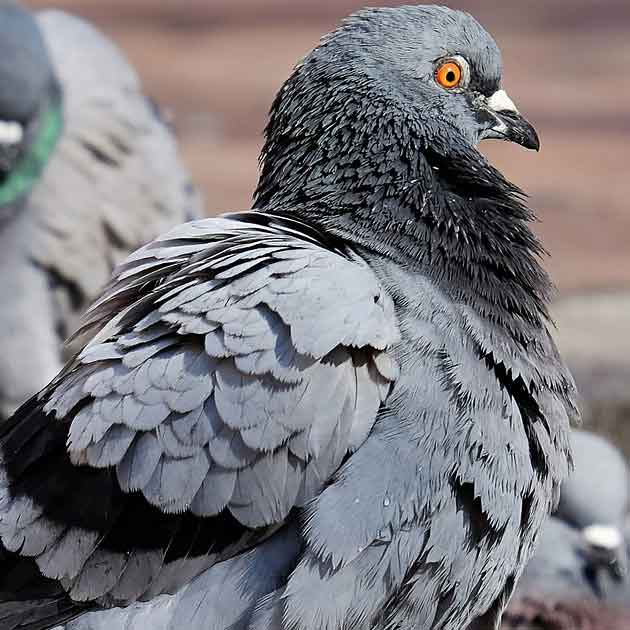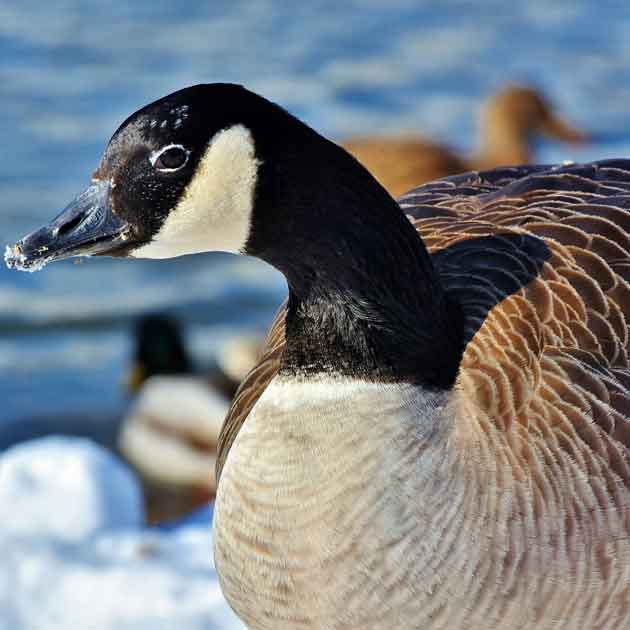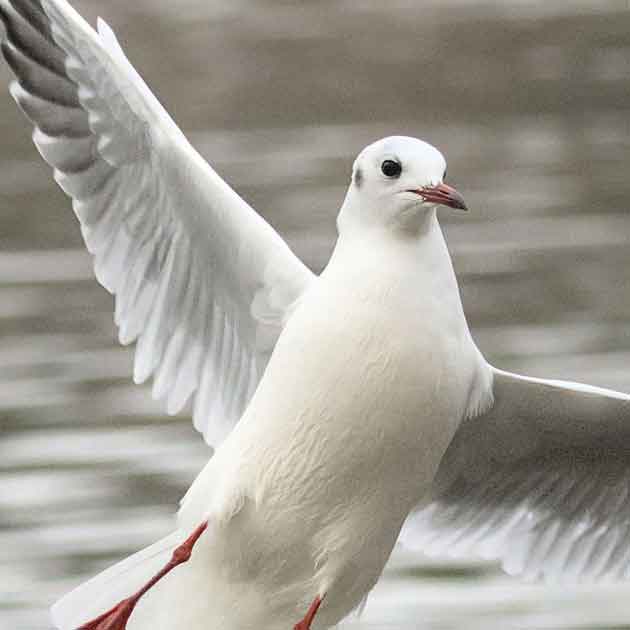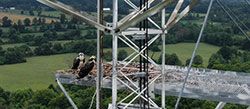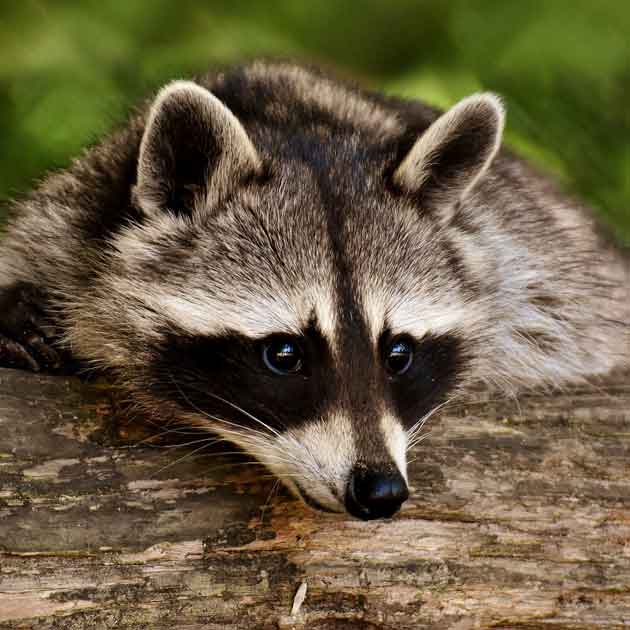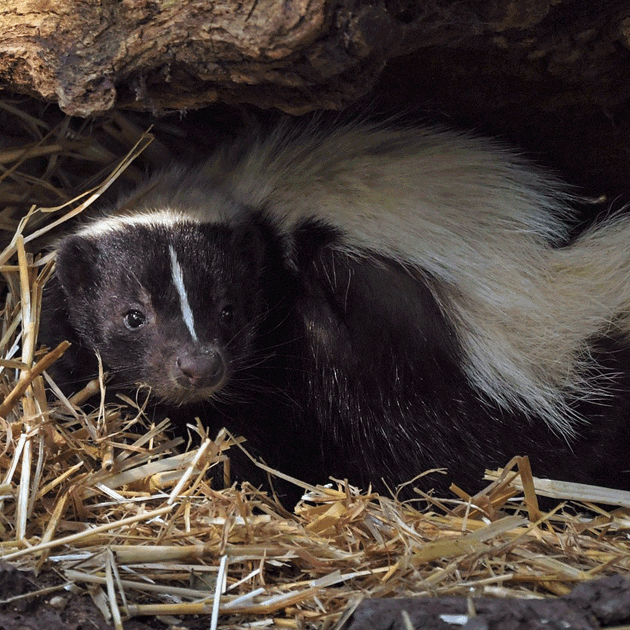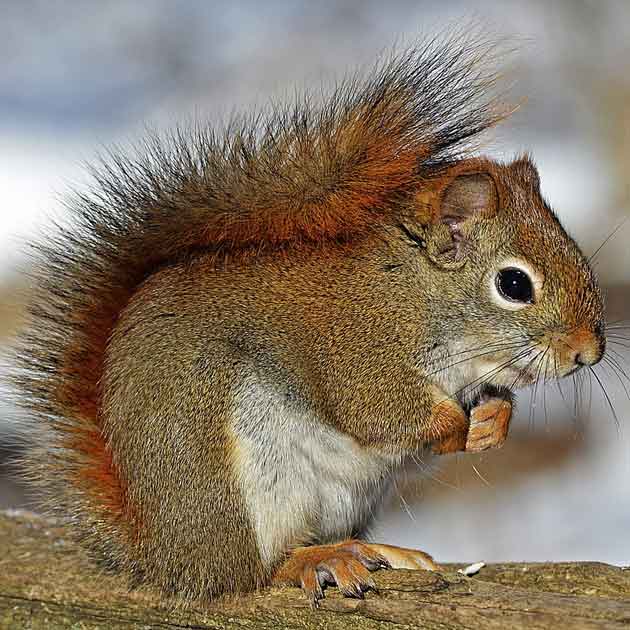This Client Section is frequently updated.
Please visit often to keep informed of Hawkeye service offerings and important bird control bulletins.
WEST NILE INFORMATION LINKS
After careful on-line research Hawkeye would like to direct you the following West Nile resources for information and updates.
- Health Canada
West Nile Main Information Section
Public Education Resources
- CDC - Centers for Disease Control & Prevention - US Department of Health
Main West Nile Information Section
West Nile Questions & Answers
West Nile Virus Data and Maps
West Nile Alert: IMPORTANT NOTE: Some bird control companies promote the use of poison corn as a control method. Hawkeye has never endorsed this practice. This practice will encourage the spread of West Nile, as the poisoned birds will die in the community. Our practice of trapping and relocation, allows us to euthanize and dispose of diseased birds in a controlled environment. Please carefully consider your bird control options.
PESTICIDES MEMORANDUM – revised June, 2010
Pest Bird Control and the Peregrine Falcon Recovery Program in Ontario
Since 1977, the Ontario Ministry of Natural Resources (OMNR) has coordinated the PeregrineFalcon Recovery Program to re-establish this threatened bird of preyin Ontario. Populations have been carefully managed, and are now showingpositive signs of recovery. The recovery program involves the monitoring,management and protection of Peregrine Falcons nesting sites andterritories in natural cliff areas and on buildings in several urbancentres in Ontario, including Burlington, Haileybury, Hamilton, Kingston,London, Mississauga, New Liskeard, Niagara Falls, Nipigon, Ottawa,Port Colborne, Red Rock, St. Catharines, Sault Ste. Marie, Sudbury,Thunder Bay, the Greater Toronto Area and Windsor.A major concern of OMNR is the potential for secondary poisoning of thesebirds when either 4-amino-pyridine (Avitrol) or strychnine is used in the control of pigeons - afavourite prey of the Peregrine Falcon - and other pest birds such as European Starlings and HouseSparrows. A bird that is affected by one of these pesticides may be an attractive and easy target for aPeregrine Falcon. Peregrines may feed the digestive organs of a captured pigeon to their young oreven consume the organs themselves. If a corn kernel, impregnated with 4-amino-pyridine orstrychnine, has not been fully digested by the bird prior to its capture by the falcon there is a highpotential for secondary poisoning, which may cause either direct mortality or flight impairmentcausing collision-related mortality.
The continued recovery of this bird of prey is important to all of us and your cooperation is requestedin using alternatives to chemicals for pest bird control. The enclosed information should assist you indeveloping alternative pest bird control programs. The local Ontario Ministry of Natural Resourcesoffice and community organizations involved in peregrine falcon partnerships can be contacted to2seek assistance and/or advice on alternative bird control measures.
The Ontario Peregrine Falcon Recovery Program is an important part of a national recoveryprogram, coordinated with the Canadian Wildlife Service and other provincial governments. In aneffort to protect these threatened birds of prey and their young we are requesting that only nonchemicalbird control methods be used within a 7.5 km radius of the identified intersections.
This memorandum is in effect both throughout the breeding seasonand the rest of the year while the adult birds remain in the vicinity. Although some urban-nesting birdsmigrate, many pairs now remain in the nesting territory year-round. Chemical bird control measuresshould not be undertaken as long as the peregrines remain in the nesting territory.
MORE THAN 40 DEAD BIRDS FOUND IN TORONTO'S EAST END
As reported by the Toronto Star, Police are asking parents to be vigilant about where their children play after more than 40 dead or dying birds were found in Toronto's east end. The birds were sent for testing to the Canadian Co-operative Wildlife Health Centre in Guelph. It is believed the birds were poisoned. "Most were found at the Dentonia Golf Course", police said. About 10 small black birds and a few pigeons were found on the playground of Crescent Town Elementary School, near Danforth and Victoria Park Aves., during the last week of September, said principal Tamara Ross.
School officials are working to ensure children will not be exposed to any potentially poisonous materials."The caretaker expects the grounds frequently to check (for more birds) and have instructed children not to touch anything and tell us if they see anything," Ross said.
Nathalie Karvonen, executive director of the Toronto Wildlife Centre, suspects the birds were poisoned. "All these birds were in very good body condition. They were plumped and well hydrated, so something happened to them fast. That's usually poisoning," she said, noting the ill birds suffered seizures and were gasping, which are symptoms consistent with poisoning.
Anyone who finds a sick bird can call the Toronto Wildlife Centre at 416-631-0662.
CANADIANS ASKED TO REPORT DEAD MIGRATORY BIRDS
Potential early warnings of arrival of H5N1 flu virus | Original Article by Ian MacLeod | CanWest News Service
Wildlife field workers, hunters, fishermen and naturalists are on the lookout for dead migratory ducks and other fallen waterfowl as part of an expanding government early-warning system for the potential arrival of the deadly H5N1 flu virus.
People "need to realize that dead things are important and need to be further investigated," says Dr. Ted Leighton of the Canadian Co-operative Wildlife Heath Centre, the organization co-ordinating a national surveillance program for influenza viruses in wild birds.
The federal-provincial effort, which originated prior to the renewed H5N1 influenza scare, typically monitors the health of domestic poultry and livestock through a network of veterinary specialists. A flu outbreak in chickens, which Dr. Leighton believes is the most likely scenario for H5N1 taking hold in North America, would be quickly detected, he said.
But a new priority is monitoring the health of migratory waterfowl, in part as a canary-in-the-mine safeguard against H5N1 arriving here and going undetected until it has circulated even further.
A longer-term component of Canada's surveillance program is a cross-country collection of rectal swabs taken from 4,800 wild migratory birds in August and September. The samples, mostly from mallard ducks that inhabit much of the country and allow for regional comparisons, are being analyzed at several provincial and federal laboratories. They will eventually form the first-ever national catalogue of wild bird flu viruses in Canada.
That background information "will allow us to deal with future epidemics in a much more intelligent fashion and to estimate risks so we can take pro-active steps," said Dr. Leighton, a veterinary pathologist and the centre's executive director. Migratory ducks and, to a lesser degree, geese are the natural global reservoir of all 15 subtypes of type A influenza viruses. Ducks are immune to the viruses.
But as the viruses spread through the environment and mutate over time, some adapt to humans, causing mild to serious illness, including the annual flu season. The real danger arises when these viruses spread to other animals, such as chickens and pigs, undergo genetic alterations and develop into more virulent strains. They can then return to wild bird populations with lethal results. Humans can be infected if the original wild bird germ mixes with existing human flu strains in, for example, pigs, which can harbour human flu viruses, too.
The bird flu sweeping through poultry populations in Asia and Europe is believed to have originated when a wild bird virus spread to Chinese domestic chickens. It re-emerged from the poultry as the highly pathogenic H5N1 virus blamed for the deaths of at least 60 people in Asia, mostly those in close contact with chickens, and the culling of an estimated 150 million domestic chickens.
Of concern now is that wild birds may become infected with H5N1 (or another deadly flu strain) from contact with infected chickens in Asia and Europe. They could then transport the germ, typically shed through fecal matter, to lands, lakes and rivers along their migratory flyways over Canada and other parts of North America.
PHAC NEWS RELEASE:Wild Bird Survey Detects Avian Influenza in Ducks
OTTAWA - A national survey of wild migratory ducks has detected avian influenza. Preliminary results indicate that 28 of the positive reactions in Quebec and five in Manitoba were due to the H5 subtype. The Public Health Agency of Canada has determined that there is no information in these findings suggesting a new threat to human health.
The detection of H5 avian influenza is not unexpected: the virus is commonly seen in migratory bird populations around the world and various types and strains have been detected in North America over the last 30 years, with no impact on human health. The birds tested in this national survey were healthy, and there is no evidence of influenza-related illness among domestic or wild birds in the test areas.
Tests to confirm the H5 type and tests to determine the N type of the virus are ongoing. Definitive findings may not be possible if there is insufficient live virus remaining in the original samples. This analysis, which is being conducted at the National Centre for Foreign Animal Diseases in Winnipeg, will take up to a week.
Although this further testing is important to help us better understand the current situation, avian influenza viruses are found in healthy wild fowl and do not represent a significant risk to humans.
We know that subtypes of influenza have been detected in many species of apparently healthy wild birds, but we have no known cases where the virus was transmitted directly to humans. Although the risk should therefore be considered low, an awareness of safety measures, among groups, such as hunters, that may be in contact with wild birds is important. There are several steps people can take to minimize any potential health risks from wild birds.
Persons handling wild birds should follow routine hand washing and safe food preparation practices. These include disinfecting surfaces, being careful to avoid cross contamination with other food products, keeping raw meat away from other food utensils, and thoroughly cooking all wild birds prior to eating. Following these steps is good practice to minimize risks associated with the handling and preparation of wild fowl.
The Canadian Food Inspection Agency (CFIA) continues to work with provincial governments to monitor the health of wild and domestic birds in and around the areas where sampling was conducted. The CFIA is also issuing a general notice to poultry producers, reminding them to always follow strict biosecurity practices.
The wild bird survey is a joint initiative of the Canadian Cooperative Wildlife Health Centre, the Government of Canada, and provincial governments. The goal of the project is to better understand the presence and characteristics of all avian influenza viruses circulating in Canada’s wild bird population. Sampling of birds was conducted along migratory flight paths in seven provinces.
REFERENCE MATERIAL:Questions and Answers - Wild Bird Survey (2005) Technical Briefing - Wild Bird Survey On-Farm Biosecurity: Key Avian Influenza Protection Avian Influenza - Virus Subtypes


